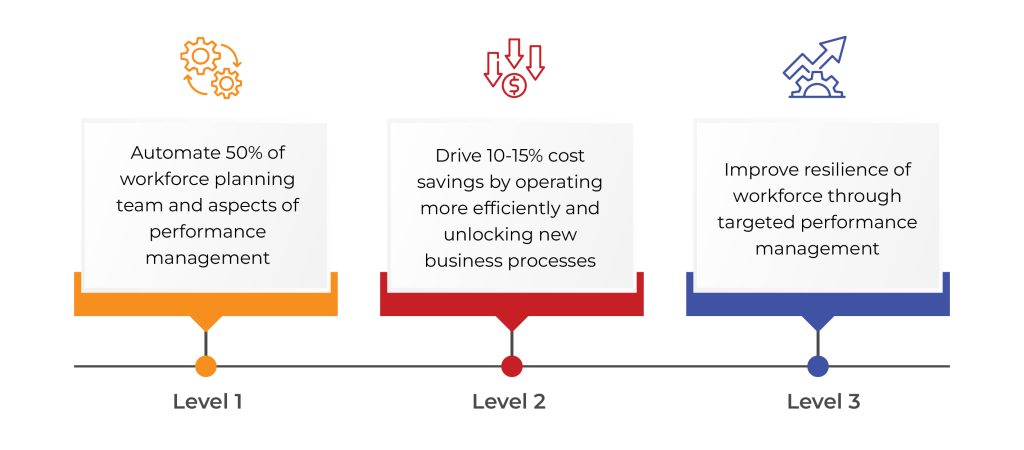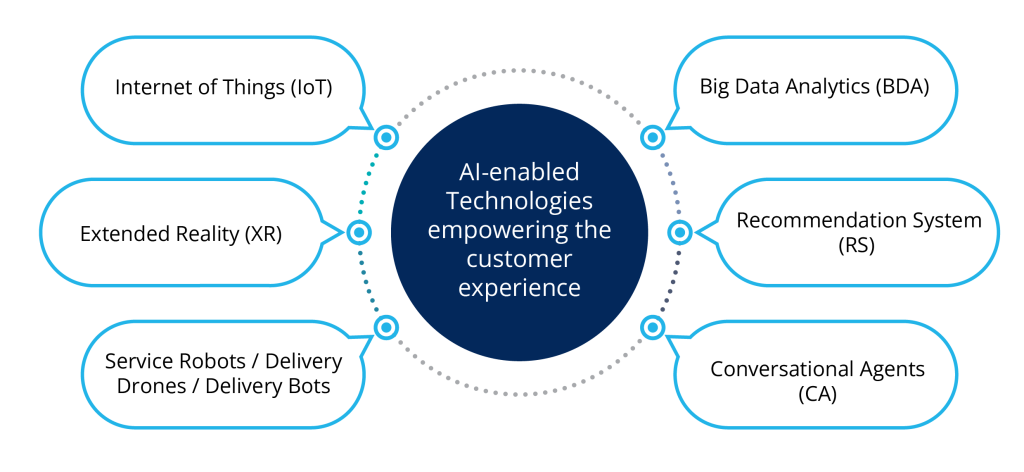The reign of large language models (LLMs) has dominated the AI landscape for years. These powerhouses, with their billions of parameters, have fueled impressive advancements in natural language processing (NLP). However, their complexity comes at a cost – immense computational resources, hefty training requirements, and limited accessibility for smaller businesses and individual developers.
Enter small language models (SLMs). These affordable AI models are shaking things up by offering a compelling alternative. Packed with efficiency and affordability, SLMs are poised to democratize AI, making it a viable option for a wider range of users.
The Rise of Small Language Models:
While large language models like GPT-3 and GPT-4 have captured headlines with their impressive capabilities, they come with drawbacks in terms of computational requirements, cost, and environmental impact. SLMs, in contrast, are designed to provide high-quality results with a fraction of the parameters and computing power.
Recent research has demonstrated that SLMs can match or even outperform larger models on specific tasks. For instance, a 2023 study by researchers at MIT and IBM found that a carefully trained 1.3 billion parameter model could outperform GPT-3 (175 billion parameters) on certain benchmarks.
Unlike LLMs, SLMs are built with significantly fewer parameters, often in the millions compared to billions. This streamlined design translates to several advantages:
- Cost-Effectiveness: Training and deploying SLMs require significantly less computational power, making them considerably cheaper. A recent study by Papers With Code found that training an SLM can be up to 1000 times less expensive than its LLM counterpart.
- Energy Efficiency: The reduced computational footprint of SLMs leads to lower energy consumption, making them a more sustainable AI solution.
- Device Compatibility: Their smaller size allows SLMs to run efficiently on devices with limited processing power, paving the way for on-device AI applications.
- Faster Performance: SLMs often boast quicker inference speeds compared to LLMs, enabling real-time applications and minimizing latency.
While some might assume that smaller equates to less capability, advancements in training techniques and architectures are allowing SLMs to compete with, and even outperform, LLMs in specific tasks. This is particularly true when SLMs are fine-tuned for focused tasks, allowing them to achieve high accuracy with minimal training data.
How Small Language Models Work:
SLMs leverage several key techniques to achieve high performance with reduced size:
- Efficient architectures: Utilizing advanced model architectures like transformers with optimized attention mechanisms.
- Task-specific training: Focusing on specific domains or tasks rather than general-purpose knowledge.
- Distillation: Compressing knowledge from larger models into smaller, more efficient ones.
- Quantization: Reducing the precision of model parameters without significant loss in performance.
- Pruning: Removing unnecessary connections within the neural network.
These approaches allow SLMs to achieve remarkable results while maintaining a smaller footprint. For example, the ALBERT model from Google achieved state-of-the-art performance on several NLP benchmarks with only 12 million parameters, compared to BERT-large’s 340 million
The Benefits of Small Language Models for Businesses and Individuals
The potential of SLMs extends far beyond cost savings. Here’s how they can benefit businesses and individuals:
- Accessibility for All: The affordability and ease of deployment make SLMs accessible to startups, small businesses, and even individual developers. This opens doors for innovation and experimentation with AI, fostering a more inclusive AI ecosystem.
- Privacy-Preserving AI: On-device processing capabilities of SLMs can minimize reliance on cloud-based solutions, potentially improving data privacy and security.
- Enhanced User Experience: Faster response times and the ability to run AI applications offline contribute to a smoother and more responsive user experience.
- Focus and Efficiency: Fine-tuned SLMs can deliver exceptional performance on specific tasks, eliminating the need for overly complex and resource-intensive LLM solutions.
Top Small Language Models and Platforms to Leverage Today
The field of SLMs is rapidly evolving, with new models and platforms emerging constantly. Here are some of the leading options to explore:
- Hugging Face Transformers: This open-source library provides access to a wide range of pre-trained SLMs for various NLP tasks, along with tools for fine-tuning and deployment.
- TensorFlow Lite Micro: This framework from Google allows developers to deploy SLMs on microcontrollers and other resource-constrained devices.
- Apple Core ML: Apple’s machine learning framework offers a variety of pre-trained SLMs optimized for Apple devices, making it easy to integrate AI features into iOS applications.
Future Trends: Why Small Language Models are a Boon for Businesses
The future of AI is brimming with exciting trends that translate into significant advantages for businesses:
- Advancements in Training Techniques: Researchers are continuously developing new training methods specifically designed for SLMs, further enhancing their capabilities. This translates to even more accurate and efficient solutions for businesses, allowing them to automate tasks, personalize experiences, and gain deeper customer insights.
- Focus on Explainability and Trust: The ability to understand how SLMs arrive at their decisions is crucial for building trust in AI systems. As research in this area progresses, SLMs will become more transparent and reliable. This will empower businesses to confidently integrate SLMs into critical processes and decision-making, fostering trust and user adoption.
- Rise of the Citizen Developer: The user-friendly nature of SLMs will empower individuals within businesses, even those with limited coding experience, to leverage AI for their projects and departments. This democratization of AI will unlock a wave of innovation within organizations, enabling employees to solve problems, streamline workflows, and identify new opportunities, all powered by AI.
For example, marketing teams can leverage SLMs to personalize customer outreach and content creation, while sales teams can utilize them for intelligent lead scoring and chatbots. Even non-technical departments like HR can benefit from SLMs for resume screening and interview analysis.
By embracing SLMs and the future trends shaping them, businesses can position themselves for a competitive advantage in the age of intelligent automation.
Small language models represent a significant shift in the AI landscape. Their affordability, efficiency, and growing capabilities make them a game-changer, democratizing AI and paving the way for a future where intelligent technology is accessible to all. As SLMs continue to evolve, they hold immense potential to transform various industries and empower individuals to solve problems and create innovative solutions. The future of AI is indeed small, but mighty.
However, navigating the exciting world of SLMs can be daunting. Integra with their expertise in Advanced Gen AI Services can be a powerful asset as you explore the potential of SLMs for your business.
Integra’s team of AI specialists can guide you through the process of:
- Identifying the Right SLM: With a vast understanding of the AI landscape, Integra can help you select the ideal pre-trained SLM or develop a custom fine-tuned model tailored to your specific needs.
- Seamless Integration: Their expertise can ensure a smooth integration of the chosen SLM into your existing infrastructure and workflows.
- Performance Optimization: Integra can help optimize your SLM for maximum efficiency and accuracy, ensuring you get the most out of your investment.
- Building Trustworthy AI: As the importance of explainable AI grows, Integra’s team can help implement solutions that promote transparency and trust in your AI-powered applications.
By leveraging Integra’s Advanced Gen AI Services alongside the power of small language models, you can unlock a new era of affordability, innovation, and accessibility within your organization. Embrace the future of AI – it’s smaller than you think, and Integra can help you navigate it successfully.















